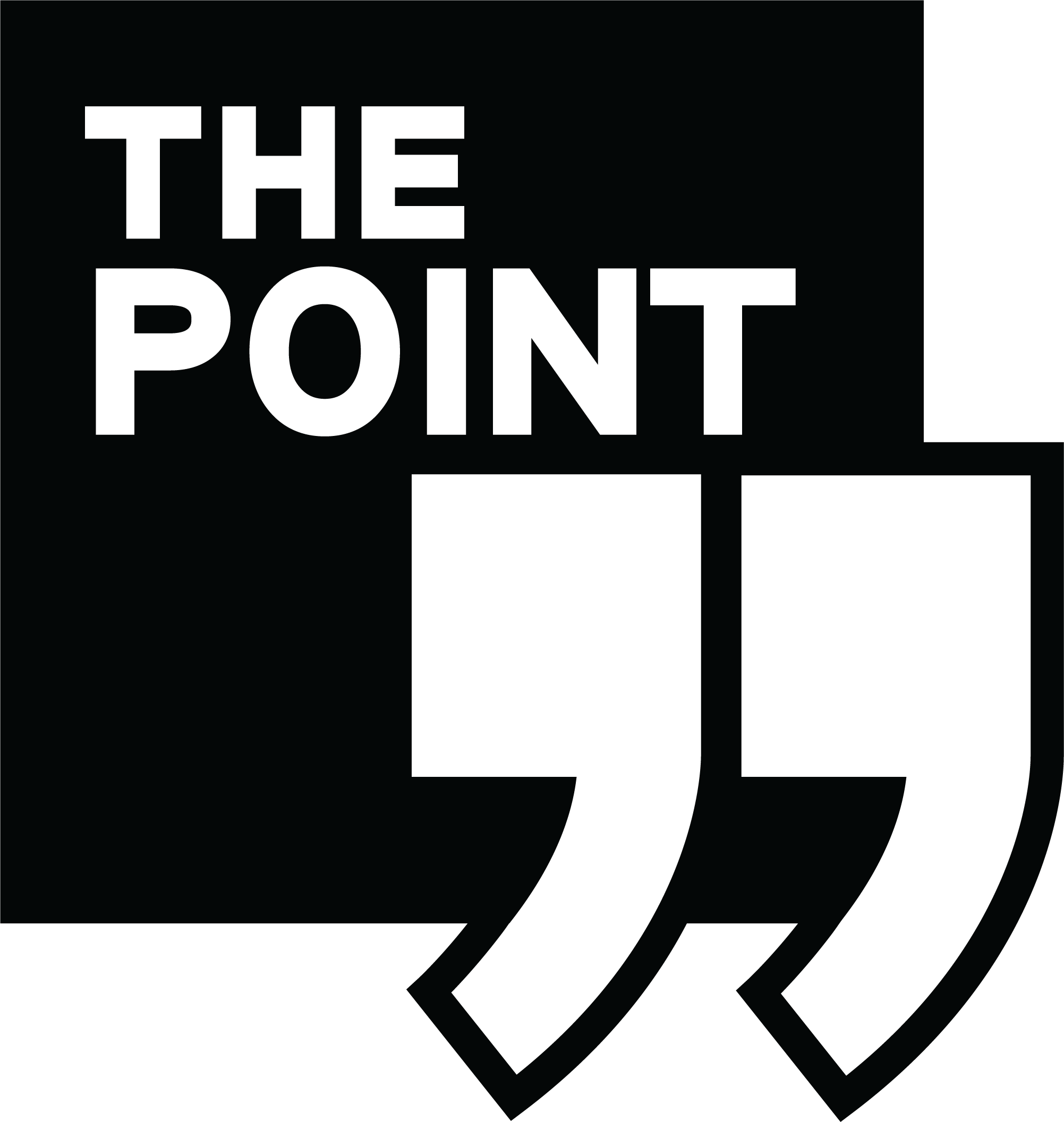You can’t beat the summer weather in San Diego. Beautiful sunsets, a comfortable 82 degrees and the beach practically on your doorstep. A perfect time to sit inside and listen to music. Here are a few of the albums, some old and some new, that got my attention over the summer break.
1.“Black To The Future” – Sons of Kemet
Virulent and psychoactive,“Black to the Future” is a provocative experimental jazz album from British jazz band, Sons of Kemet. With the help of guests like Moor Mother and Joshua Idehen, Sons of Kemet fuse together a tight and tantric piece of experimental jazz that drives so hard into intricacy that it blurs the lines of structure and abstraction.
The songs are anchored with vitriolic spoken word, alternative hip-hop and white-knuckle melodies, and the intense lyrical passages and the violently flailing horn lines constantly rev up the pace, track after track.
The expert quality performances and production make up half of what makes this album so powerful; the clarity of solos and the cold blending of rhythms create an acid-damaged texture that bites and snarls, but also envelops and submerges the listener. It’s absolutely mind-bending and transformative; get ready for an intense, but riveting experience.
2. “Yeo-Neun”- Okkyung Lee
“Yeo-Neun” is a neoclassical record, composed and performed by a quartet led by South Korean Cellist, Okkyung Lee. Consisting of the cello, harp, standup bass and piano, the quartet combines the improvisation and discordance of jazz with the harmony and structure of contemporary classical music to create a soundscape that is resonant and multi-faceted.
The sparse instrumentation and intimate texture of the recording maximize the control and direction of the varying soundscapes. For example, some of Lee’s bowing mimics the sounds of ripping wood or an old creaking door rather than an instrument.
The sparsity allows for the musicians to distort the sound space in whichever way they like, which pays complement to the talent of the musicians and the strength of Lee’s musical vision. It’s minimalism at its finest; Lee and her personnel abandon theatrics and melodrama for something raw and exposed to the core.
3. “Homogenic”- Bjork
I found this album at a used CD store back in June, but chose not to buy it because I wasn’t very familiar with any of Bjork’s music past “Debut” or “Post.” I streamed it when I got home and in the car and for the next uninterrupted 48 hours. I knew I had to go back and get the CD, but when I did, it was gone. Who knew summer heartbreak could hurt so bad?
On “Homogenic,” Icelandic singer, Bjork, distances herself from the EDM and colorful theatricality of her first two albums and dives into an extended piece that relies on heavy synthetic strings, staticy vocal harmonies, and a thematic descent away from the club and into a digital world.
Chords are held for and built upon for 5 to 7 minutes stretches, the instrumentation changes into much slower and grander sounding melodies, and the beats, that used to be so danceable and energetic, are cold, calculated, and thick; the sub-bass drips into your hand whenever it bounces its way onto a track. Bjork shows improvement and refinement on her third album, but most importantly she displays her versatility and ingenuity.
4. “The Powers That B”- Death Grips
Death Grips released two new songs this summer, their first release since announcing a hiatus in 2018. Hearing the new tracks made me want to revisit their album, “The Powers That B,” and after finding it on CD, I spent countless hours this summer thrashing around to it in my car.
Split into two parts, the first half of the album originally released as, “N****S ON THE MOON,” is incredibly abstract and demonstrates the band working outside of established song structures. Refrains and hooks are non-existent and erratic, the few lyrics that come out are rhythmed and rhyme in a way that defies meter, and the delivery especially so. The excessive use of Bjork samples breathes a different kind of air into the record, in a way that was missing from their former album, “Government Plates.”
“Jenny Death,” the second half of “The Powers That B,” is almost the opposite of the former: it’s back-to-back bangers. The album makes me want to punch a hole through my car ceiling, right before I break my leg kicking open the passenger side airbag.
The sub-bass tearing rhythms, the theatrical grandiosity of the melodies and furious madness of 2011’s “The Money Store” is more emulated on “Jenny Death” than any of their other albums.
This album is not for the faint of heart or those already drowning in overdue car repair bills.
5. “How To Let Go”- Sigrid
Sigrid fans have been eagerly awaiting the follow up to her 2019 debut, “Sucker Punch,” a fairly tame pop album that beamed with stellar production and bright potential for the singer. Three years later, Sigrid released her second album, “How To Let Go,” with a brilliant array of confidence and affirmation of her brand of the pop sound.
On “How To Let Go,” Sigrid doubles-down on the shiny and empowered song structures and lets the reins go on her powerful and evocative voice. On this effort, Sigrid brings in a lot more character and personality; not that the former lacked it, but here she asserts her personality without timidity and owns her songs.
She replaces the sad break-up songs with break-up anthems, choosing to celebrate the end of relationships rather than mourn them. It sounds empowering, it feels fun, it’s hard not to rock your head back and forth when it’s on.








